The love for beauty is universal. Beauty is the pleasant subjective feeling evoked by an objective object. Do you find these teas in the following pictures beautiful?
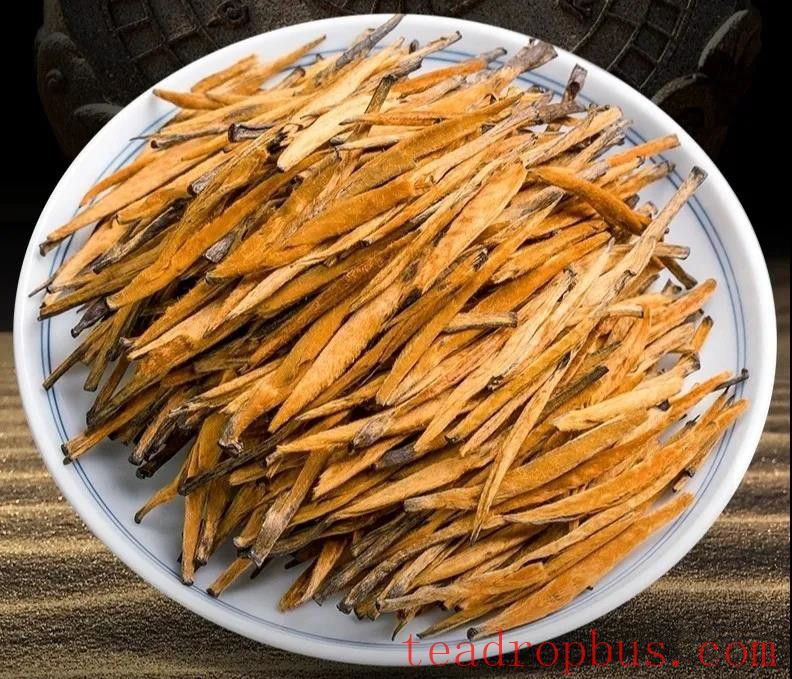
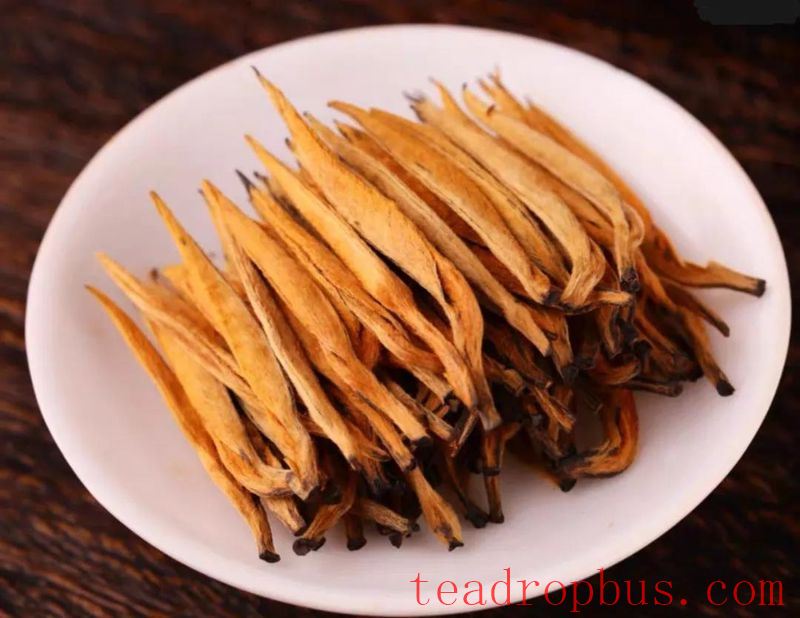
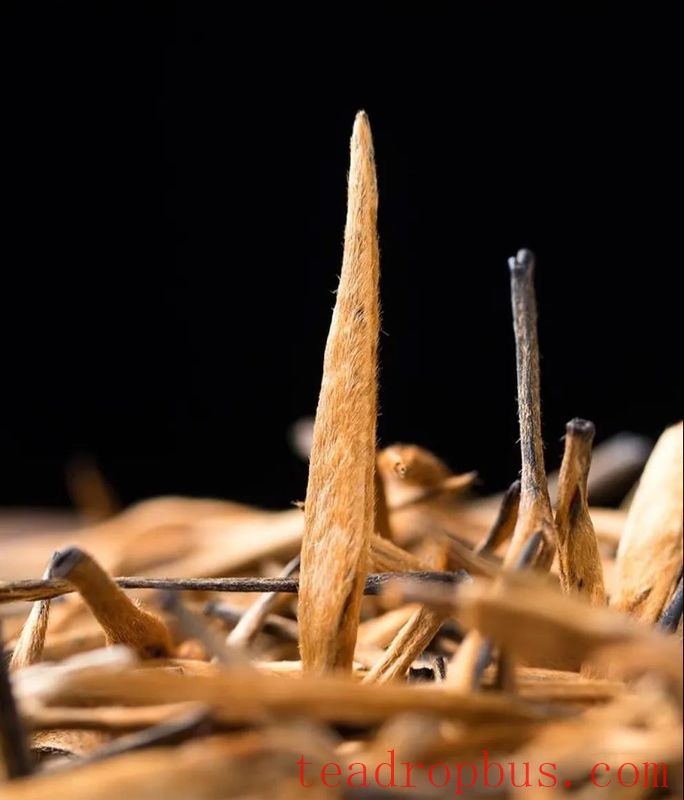
When you find them beautiful, it may be necessary to adjust your aesthetic viewpoint. When you find them unappealing, understand what makes them so. Appreciating beauty is a shared pursuit among us humans. However, often our appreciation of beauty is influenced by external factors, and such beauty can be deceptive. The teas in these pictures are not only monotonous in flavor but also exhibit various unnatural qualities. Tea enthusiasts should carefully observe three aspects: 1) They appear bloated; 2) They lack vigor; 3) Their color is withered and unnatural. I often describe them to tea enthusiasts as a listless old yellow dog that has lost its vitality.
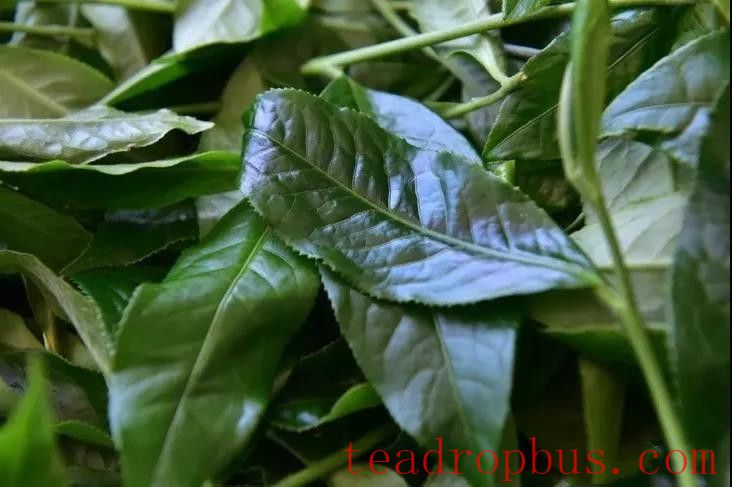
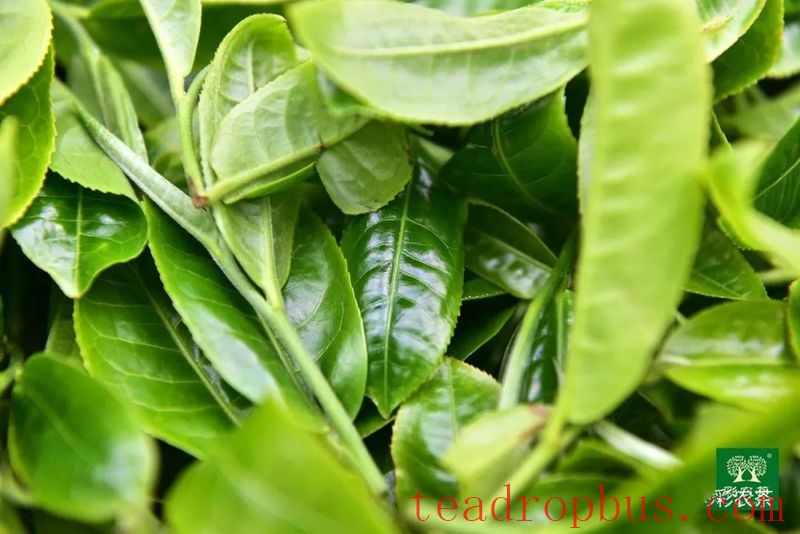
Leathery leaves, thick, supple, lustrous, and wild. This is the true beauty, the essence of nature, a Leaf blessed by the sun and rain.
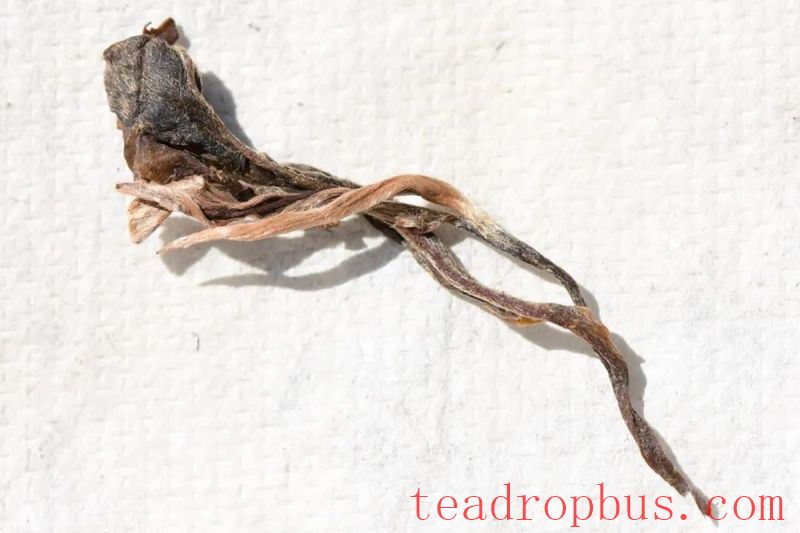
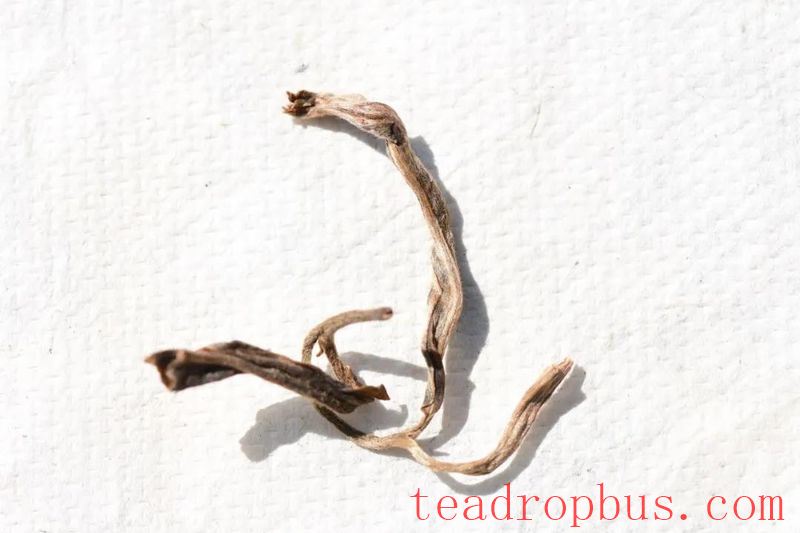
Aren't these beautiful? They exude wildness and the passage of time.

For a long time, influenced by the Green Tea mindset, we have equated beauty with young buds, pursuing the tender tips before the Ming Festival, favoring those with prominent buds. The younger, the better. Yunnan Spring Buds, Spring Tips, Spring Jade, Daughters' Tea, Golden Needle Dian Hong, Golden Threads Dian Hong, and others are products of this mindset. Pu'er tea is not green tea, and judging it with a green tea mentality is like comparing apples to oranges, causing ridicule among experts.
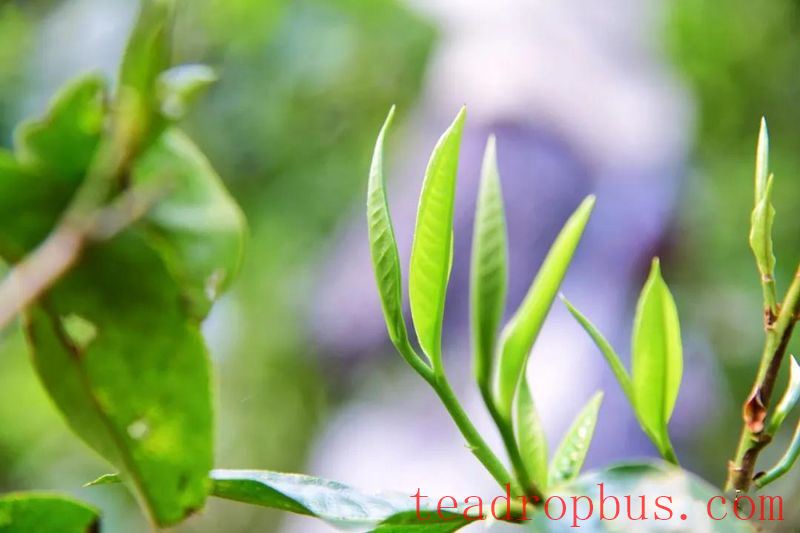
The core value of Pu'er tea lies in its ability to improve with age, which requires rich tea content. Young buds contain lower levels of polyphenols and have a bland taste. For the maturation process of Pu'er tea, the higher the polyphenol content, the better. High-quality large-leaf ancient trees in Yunnan can have polyphenol content up to around 40%, far exceeding the 2 to 3 times that of small- and medium-leaf teas from other provinces, making them suitable for producing high-quality Pu'er tea that improves with age.
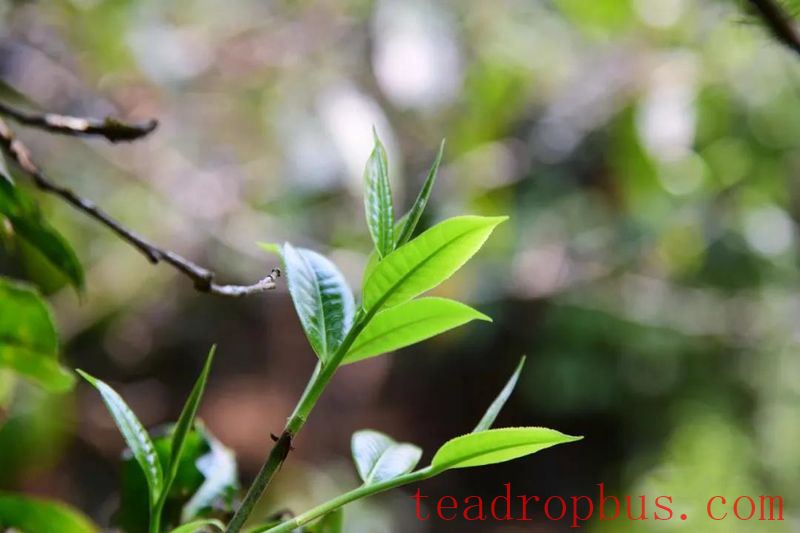
The aesthetics of Pu'er tea, including cultivation, production, tasting, and more, have been long confined within the green tea mindset without forming a scientific and objective evaluation system. This has brought many drawbacks to the healthy development of Pu'er tea. We cannot use the same aesthetic standards to measure two different things. An aesthetic system for Pu'er tea is urgently needed.
To be continued…